NASA Full Form is National Aeronautics and Space Administration, has long piqued people’s curiosity. From man stepping on the Moon to breathtaking images of distant galaxies, NASA has been at the forefront of exploration, pushing the boundaries of human knowledge and inspiring generations. But what’s behind this iconic abbreviation? What is NASA’s ultimate goal, and why is it so fascinating to people all around the world?
Table of Contents
Introduction
NASA is fundamentally a manifestation of human curiosity and our intrinsic drive to unravel the secrets of the cosmos. It stands for the tenacious quest of knowledge, the brave foray into unexplored territory, and the unflinching commitment to expanding the bounds of scientific investigation. NASA is synonymous with groundbreaking missions, revolutionary scientific breakthroughs and awe-inspiring visuals that capture our collective imagination.
NASA has continuously produced beautiful photos from the Hubble Space Telescope, the iconic Apollo moon landing, and the finding of water on Mars. These moments serve as a constant reminder of our small place in the wide cosmos. Not only have its efforts increased our knowledge of the universe, but they have also sparked technical developments that have helped civilization in numerous ways.
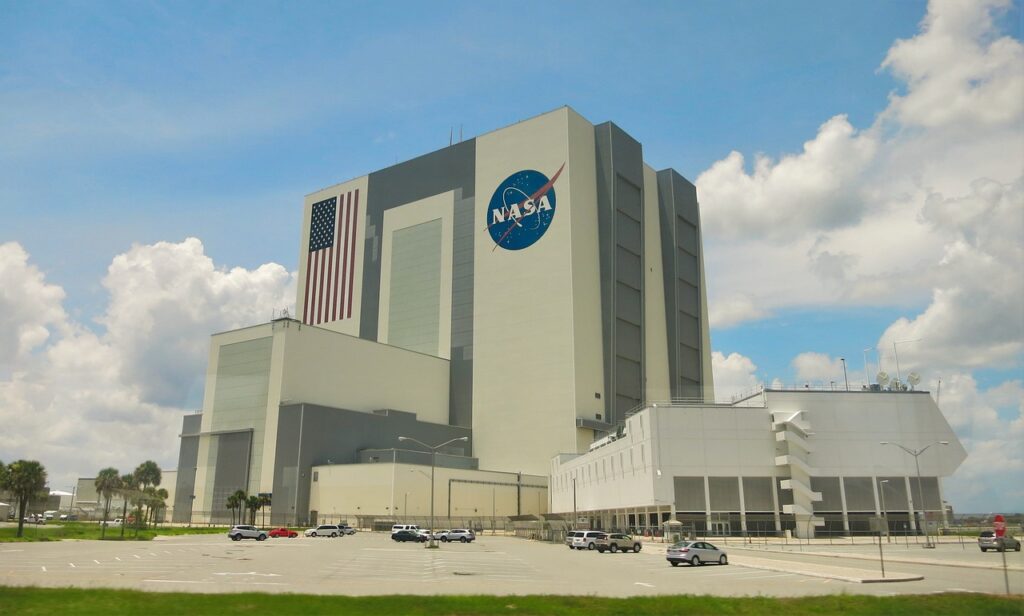
However NASA has just a group of scientists and engineers.
It represents a shared human dream of exploration and the search for answers to fundamental questions about our existence. It arouses our interest and awe, inspiring us to think about the possibilities that exist beyond our world.
In this blog post, we delve into the enigma behind the NASA acronym, uncover its meaning and discover its significance for the world’s premier space agency. Come along on this fascinating adventure as we learn the secrets behind NASA’s flawless form and the untold tales that have influenced how we perceive the world..
By crafting an opening statement like this, you create a sense of excitement and curiosity within your readers. This sets the stage for the rest of the blog post, prompting readers to continue reading and learn about the full nature of NASA and its importance.
What is NASA?
Briefly introduce the topic of the blog post: Full form of NASA and explain its importance
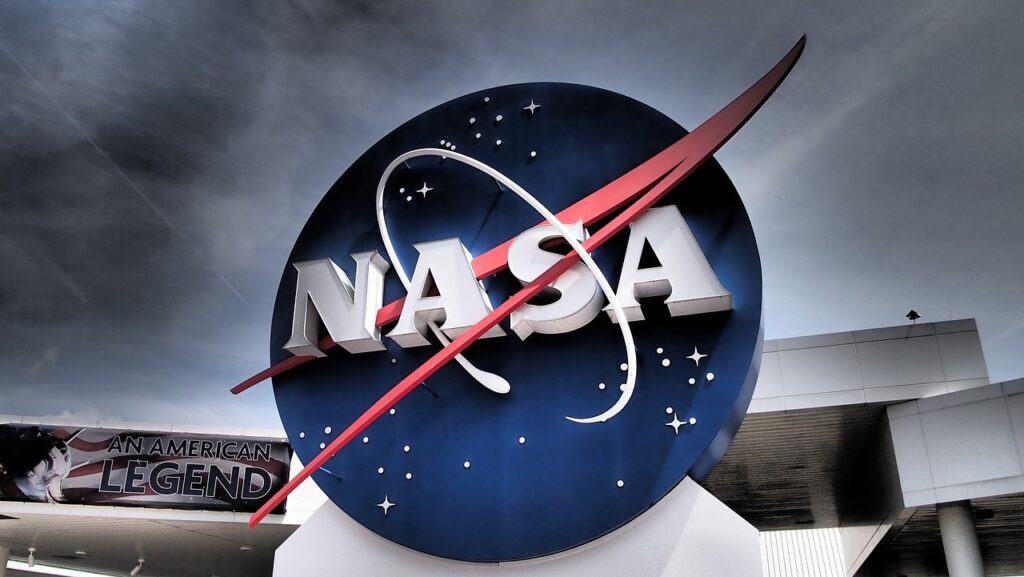
In this section, you want to provide a brief overview of the main topic of the blog post, explaining the full form of NASA and its importance. Below i explained in details.
The National Aeronautics and Space Administration, or NASA for short, is a renowned organization that has contributed significantly to expanding space exploration and influencing our understanding of the cosmos.
The NASA acronym represents much more than just a name; It symbolizes the agency’s mission, goals and commitment to advance the frontiers of human knowledge.
Also read this :- Stanley Water Bottles: “Your Perfect Partner for Every Adventure”
In this blog post, we will elaborate on the intricacies of the full form of NASA and its importance. We trace each letter of the acronym and uncover its meaning, tracing its origins and evolution throughout NASA history. By understanding the full form of NASA, we gain insight into the agency’s core values and aspirations.
Furthermore, we aim to highlight the wider importance of the full form of NASA. It goes beyond a simple acronym; It represents a powerful symbol of human ingenuity, curiosity and exploration. The acronym NASA has become synonymous with groundbreaking discoveries, technological advancements and remarkable achievements in space science.
By uncovering the full form of NASA, we uncover the agency’s rich heritage and the driving forces behind its remarkable achievements. We examine how each letter in the acronym fits with NASA’s goals and purposes, which demonstrate the organization’s dedication to scholarly investigation, technical advancement, and space exploration.
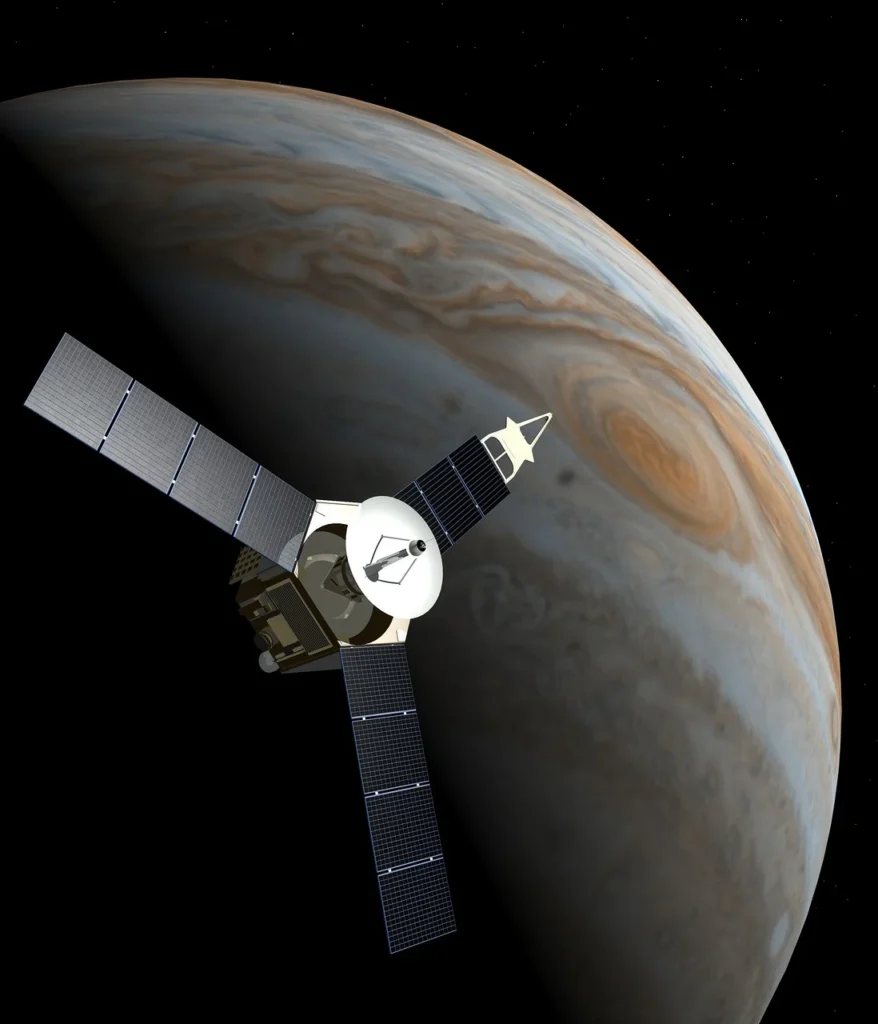
What is NASA?
A. Provide a brief description of NASA as the world’s premier space agency
You wish to give a succinct description of NASA as the leading space agency in the world in this part. An expanded clarification of this subject is provided below:
The National Aeronautics and Space Administration, or NASA, stands for the height of human achievement in both scientific research and space exploration.
NASA, which was established on July 29, 1958, is renowned for advancing science and revealing cosmic mysteries.
As the leading space agency in the world, NASA is in charge of several duties, including both robotic and human space exploration.
Its main objectives are to increase our understanding of the universe, speed up technological advancements that improve Earthly living, and open up new vistas in space.
The achievements of NASA are very incredible. NASA has repeatedly shown its capacity to take on difficult problems and accomplish extraordinary feats through the construction of the International Space Station (ISS) and the legendary Apollo missions, which were the first to put humans on the Moon.
NASA’s contributions to scientific research and discovery extend beyond our planet. These missions have significantly altered our perceptions of other worlds and provided us with vital new data regarding the chance that life is present throughout the universe.
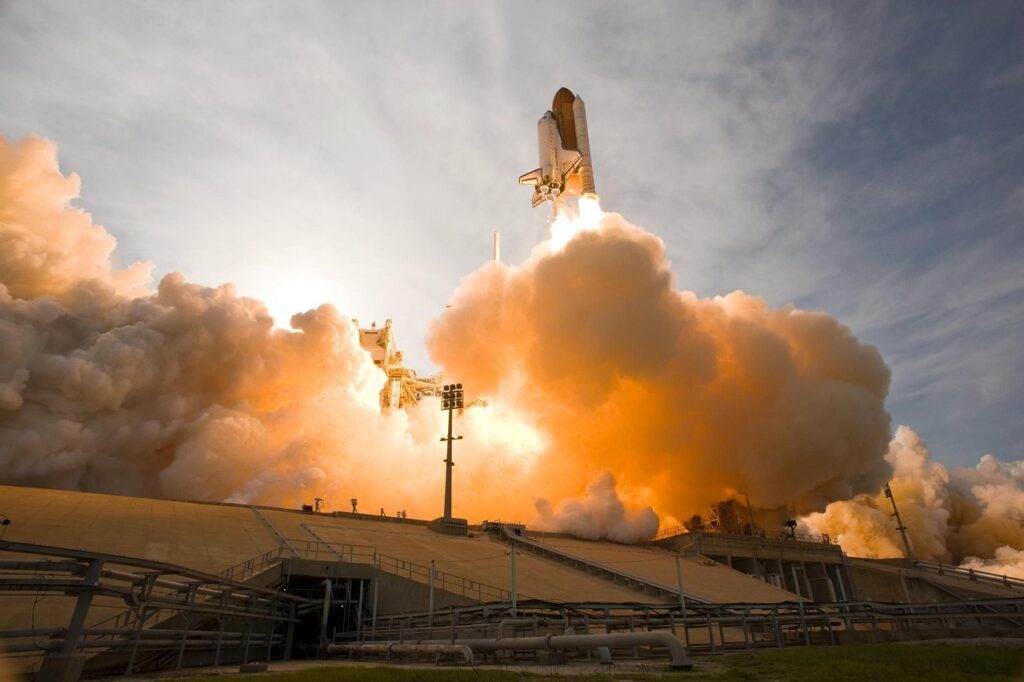
In addition, NASA plays an important role in Earth observation and environmental monitoring. Its fleet of satellites collects data on climate patterns, weather forecasts and the health of our planet’s ecosystems. By studying our own planet from space, NASA helps inform policy decisions and supports global efforts to protect and preserve the environment.
NASA’s influence extends beyond scientific and technological achievements. Future generations of scientists, engineers, and astronauts may become interested in space exploration because to this organization.For people from all walks of life, NASA has made space accessible and pleasurable through educational programs, open access, and panoramic views.
In short, NASA is much more than just a space agency; It symbolizes human potential and the continuous pursuit of knowledge. NASA continues to push the boundaries of what is possible and encourage us to dream large through its ground-breaking missions, technological advancements, and dedication to scientific discovery.
By giving a succinct review of NASA as the leading space agency in the world, you lay the groundwork for understanding the significance of NASA overall and its part in influencing the organization’s amazing accomplishments.
The National Aeronautics and Space Administration has made significant contributions to science, technology, and space exploration.These accomplishments have improved civilization in several ways while also deepening our grasp of the cosmos.
The Apollo moon landings were significant turning points in human history and evidence that NASA could safely transport people to the Moon’s surface and back to Earth.The group has conducted numerous robotic missions to study celestial worlds outside our solar system, including Mars, Jupiter, Saturn, and others.These missions delivered crucial information and photos that transformed

Beautiful images taken by NASA’s Hubble Space Telescope of distant galaxies, stars, and nebulae have improved our understanding of the scope and beauty of the cosmos.The agency’s fleet of Earth-observing satellites collects critical data on climate patterns, weather forecasts and environmental changes.This information helps monitor and address climate change, natural disasters, and ecosystem health.
technological advancements: NASA has been at the forefront of spacecraft technology, developing innovations that have paved the way for missions beyond our solar system.For example, the Voyager probes, launched by NASA, continue to transmit data from interstellar space.
NASA’s technological advancements have led to improvements in various industries. Satellite communications have revolutionized global connectivity, while lightweight materials developed for space applications have been used in transportation, construction and consumer products.
By emphasizing NASA’s contributions to scientific research, technological development, and space exploration, we acknowledge the agency’s function as a catalyst for innovation and advancement.
NASA has a long history of pioneering initiatives like the Moon landings, state-of-the-art space telescopes, and Earth-observing satellites that push the boundaries of human knowledge and encourage future generations to explore and understand our cosmos.

Highlighting the NASA acronym
Breaking down each letter of the NASA acronym and explaining what it means is essential to understanding the agency’s identity and mission. Let us know the importance of each letter:
N – National:
The letter “N” in NASA stands for “National”, indicating that the agency is a federal organization representing the United States. As a national organization, NASA is in charge of directing national space exploration efforts and initiatives.
A – Aviation:
Aeronautics, which refers to the study and advancement of aircraft and aviation technology, is represented by the letter “A” in NASA. The word “aeronautics” in the acronym emphasizes the organization’s complete concentration on aerospace research and development, even though NASA is best recognized for its space exploration missions.
S – Space:
The letter “S” in NASA stands for “Space”, representing the agency’s primary area of exploration and scientific research. The work of NASA involves astronomical research, space exploration, and expanding human presence outside of Earth’s atmosphere.
A – Administration
The second “A” in NASA stands for the term “Administration,” denoting that NASA is an administrative body in charge of managing and overseeing space-related operations.As a management company, NASA supervises its operations, collaborates with other companies, and develops rules and regulations for scientific investigation and space travel.
By knowing the NASA acronym and understanding the meaning behind each letter, we get a sense of the agency’s core identity and purpose. It emphasizes NASA’s national affiliation, highlights its involvement in aeronautics and space exploration, and recognizes its administrative role in coordinating and leading space-related initiatives.
III. Unraveling the NASA Acronym
A. Break down each letter of the NASA acronym and explain its meaning
B. Explore the historical context behind the chosen acronym and its evolution over time
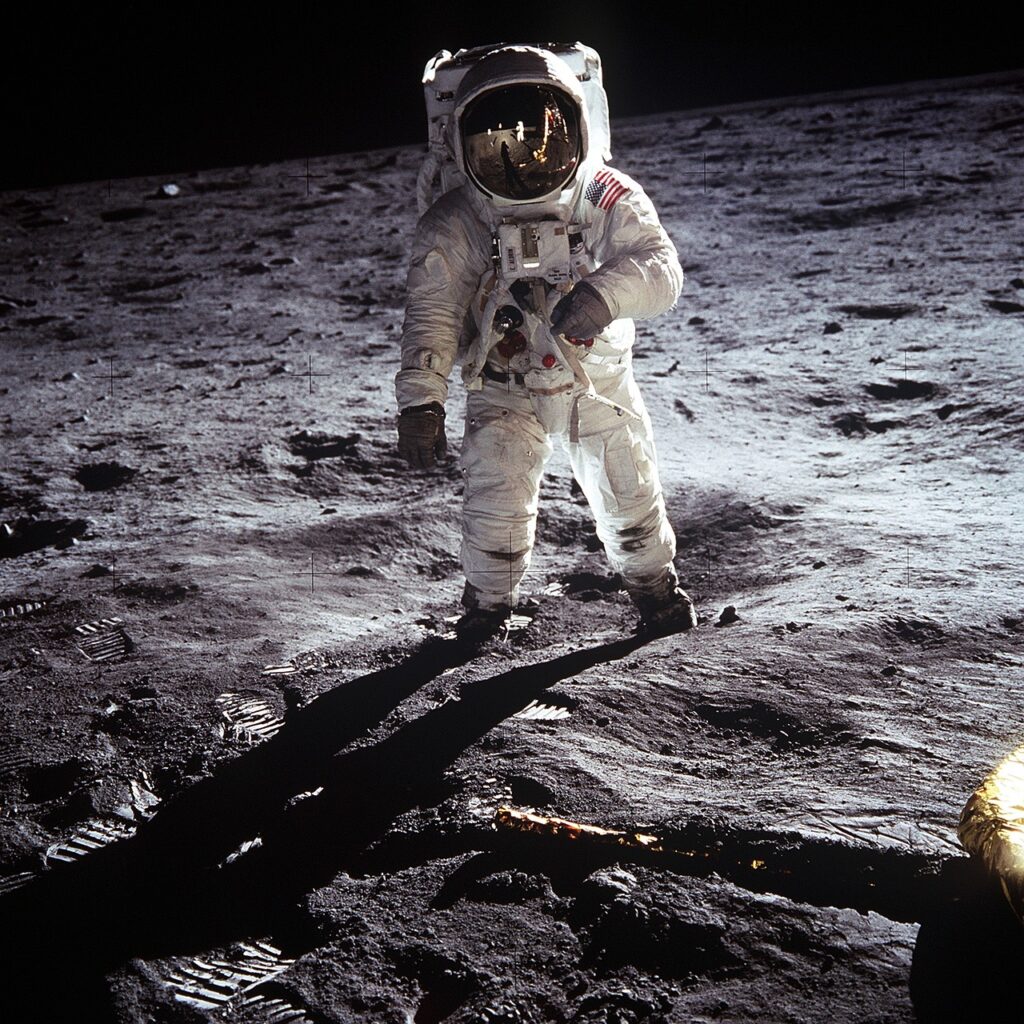
Unraveling the NASA Acronym:
To truly understand NASA, it is crucial to break down each letter of the acronym and delve into its meaning. Additionally, exploring the historical context behind the chosen acronym sheds light on its evolution over time. Let’s explore these aspects:
Explanation of the NASA Abbreviation:
National
In NASA, the “N” stands for “National.” It indicates that NASA is a national institution operating under the control of the US government, focusing on space exploration, aviation, and scientific research.
A – Aviation:
NASA’s initials “A” stand for “Aeronautics.” This demonstrates that the agency, in addition to its major concentration on space-related activities, is involved in the study and enhancement of aircraft and aviation technologies.
S – Space:
The letter “S” in NASA stands for “Space,” emphasizing the agency’s primary domain of interest. In terms of celestial bodies, the cosmos, and space-related phenomena, it stands for NASA’s dedication to investigating and comprehending the vast universe beyond Earth’s atmosphere.
A – Administration:
The second “A” in NASA represents “Administration.” This highlights the agency’s role as an administrative body overseeing and managing various aspects of space exploration, aeronautics, and scientific research at the national level.
B. Exploring the Historical Context and Evolution:
The chosen NASA acronym and its historical context reveal intriguing insights into the agency’s evolution over time:
NASA originated from the National Advisory Committee for Aeronautics (NACA), which was established in 1915. In 1958, NACA transformed into NASA, expanding its focus to include space exploration.
The word “Committee” is replaced with the word “Administration” in the acronym to represent NASA’s evolution from an advisory committee to a full-fledged administrative entity in charge of overseeing and managing space-related activities.
As its goal has expanded over time to encompass a variety of scientific studies, technological developments, and international partnerships, NASA has cemented its place as the space exploration industry’s forerunner.
.
We may better appreciate NASA’s goal, identity, and important contributions to space exploration, aviation, and scientific research by breaking down the NASA acronym, comprehending its constituent letters, and investigating the historical context and evolution of the chosen abbreviation.
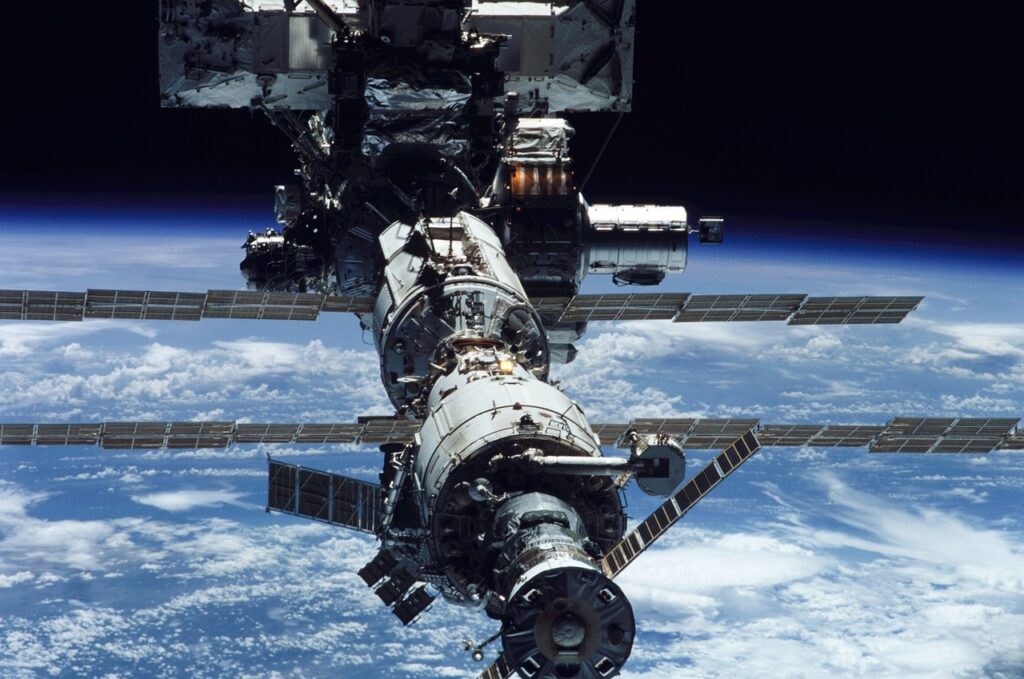
IV. Importance of NASA full form
A. Discuss how the full form of NASA reflects the agency’s mission and goals.
B. Highlight the impact of the NASA acronym in establishing the agency’s identity and reputation
Importance of Nasa Full Form:
Understanding how the full form of NASA reflects the agency’s mission and goals, as well as the impact of the NASA acronym on its identity and reputation, is key to recognizing the agency’s importance. Let’s explore these aspects:
A. The entire form of NASA is a striking symbol of the agency’s mission and objectives, expressing its commitment to space exploration, scholarly investigation, and technical advancement.
Analyzing each letter of the acronym, we can highlight the core values of the agency:
N – National:
The letter “N” in NASA represents “National”, reflecting the agency’s role as a national entity responsible for leading and coordinating the United States’ efforts in space exploration and scientific research.
A – Aeronautics:
“Aeronautics” is represented by the letter “A” in NASA.
It reflects NASA’s commitment to advancing aeronautical research, aircraft technology and aviation-related innovations.
S – Vacancy:
The word “Space” is represented by the letter “S” in NASA, signifying the organization’s major goal of discovering and unraveling the secrets of the cosmos, including celestial bodies, extraterrestrial occurrences, and the immensity of the universe.
A – Administration:
The second “A” in NASA stands for “Administration”. It outlines the agency’s administrative role in managing and overseeing the implementation of space exploration initiatives, scientific research programs, and aeronautical advancements.
B. Developing the agency’s identity and reputation: The NASA acronym has been crucial in developing the agency’s identity and reputation.
. It has become synonymous with pioneering space exploration and has won global recognition and acclaim. The impact of the NASA acronym is significant in several ways:
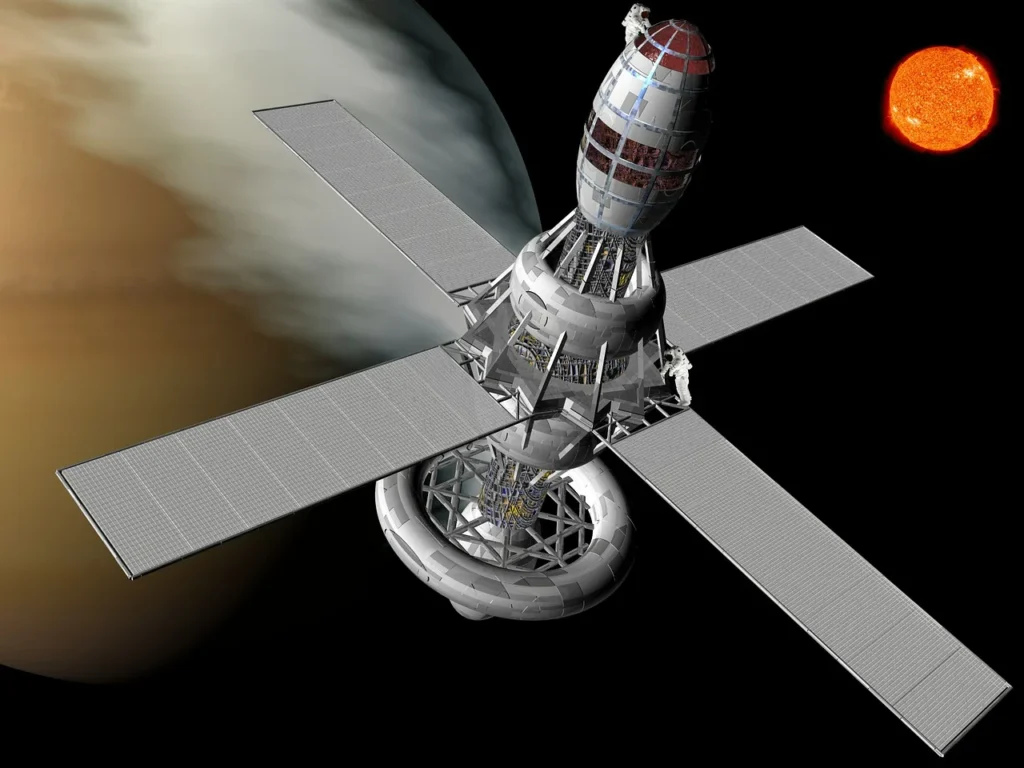
Brand Identity:
The NASA acronym is instantly recognizable around the world and stands for scientific excellence, technological achievement and human curiosity. It has become an iconic brand associated with cutting edge space missions and remarkable discoveries.
public engagement:
The acronym NASA has captured the public’s imagination and generated widespread interest in space exploration. Through its missions, images and educational initiatives, NASA has inspired generations, fostered a sense of wonder and encouraged scientific curiosity.
Trust and Credibility:
The NASA acronym carries a sense of trust and credibility, backed by the agency’s rich history of remarkable achievements.NASA’s accomplishments, such as the Moon landing, robotic missions, and scientific advances, have solidified its position as a pioneer in space exploration.
By discussing how the full form of NASA reflects the agency’s mission and goals, as well as highlighting the impact of the NASA acronym in establishing its identity and reputation, we explore NASA’s importance and role in the field of space exploration. Receives deep appreciation for its contribution. , scientific research, and technological innovation.
Journey of NASA: Achievements and Milestones
A.Important achievements and landmarks in NASA history include:
Many notable achievements and pivotal events that have pushed the boundaries of human exploration and scientific understanding can be found throughout NASA’s history.
The Apollo program, and more specifically the Apollo 11 mission, mark a key turning point in human history because it was NASA that carried out the first successful human landing on the Moon in 1969.
The Space Shuttle program, which was launched in 1981, allowed for frequent access to space as well as numerous journeys to deploy satellites, conduct research, and build the International Space Station.
Since its 1990 launch, the Hubble Space Telescope has revolutionized our understanding of the universe through its stunning images and priceless scientific data.
Rovers like Sojourner, Spirit, Opportunity, and Curiosity have explored Mars.
The recent successful launch of the Mars Perseverance rover in 2020, equipped with advanced scientific instruments and the first helicopter ever to land on Mars (Ingenuity), has opened up new possibilities for further exploration.
Alignment of NASA full form with achievements:
The full form of NASA aligns the agency’s mission and goals with its significant achievements and milestones.
The “N” in NASA represents “National”, indicating the agency’s national affiliation and its responsibility to lead the United States in space exploration.
The “A” for “aeronautics” underscores NASA’s commitment to advancing aircraft technology, which has facilitated many space missions and enabled safe astronaut transportation.
The emphasis on “Space” in the “S” underscores NASA’s primary focus on the exploration and study of the universe and its surrounding celestial objects, phenomena, and phenomena.

The second “A” for “Administration” acknowledges NASA’s role as an administrative body responsible for managing and coordinating space-related activities.
By highlighting NASA’s remarkable achievements and milestones, and emphasizing how NASA as a whole aligns with these achievements, we gain a deeper understanding of the agency’s impact and the relationship between its mission and its remarkable efforts.
Beyond the Acronym: NASA’s Ongoing Mission
Several ongoing initiatives that advance NASA’s mission and push the limits of scientific research and space exploration are currently being worked on by the agency.
The planned Europa Clipper mission will examine Jupiter’s moon Europa, which may one day support a livable environment. Robotic spacecraft are still being launched by NASA to investigate the solar system.
The agency is investmenting in cutting-edge technology including propulsion systems, robots, and next-generation spacecraft to increase our potential for future space exploration.
The full form of NASA drives the agency’s vision and aspirations:
The full form of NASA, with representations of “National,” “Aeronautics,” “Space,” and “Administration,” continues to guide the agency’s vision and aspirations.
The “national” component indicates NASA’s dedication to advocating for American interests and directing national initiatives in space exploration, scientific research, and technological advancement.
The “aeronautics” element highlights NASA’s ongoing dedication to advancing aircraft technology and aeronautics research, which supports its space-related efforts.
The phrase “Space” alludes to NASA’s main goal of understanding and solving space mysteries, such as those concerning celestial bodies, astrophysics, and the universe’s beginning.
The “governance” aspect acknowledges NASA’s administrative role in coordinating and managing space programs, research projects, and partnerships to achieve its goals.
By discussing NASA’s current and future initiatives and exploring how the full form of NASA advances the agency’s vision and aspirations, we’ll explore NASA’s ongoing commitment to advancing space exploration, scientific research and technological innovation. get information about.
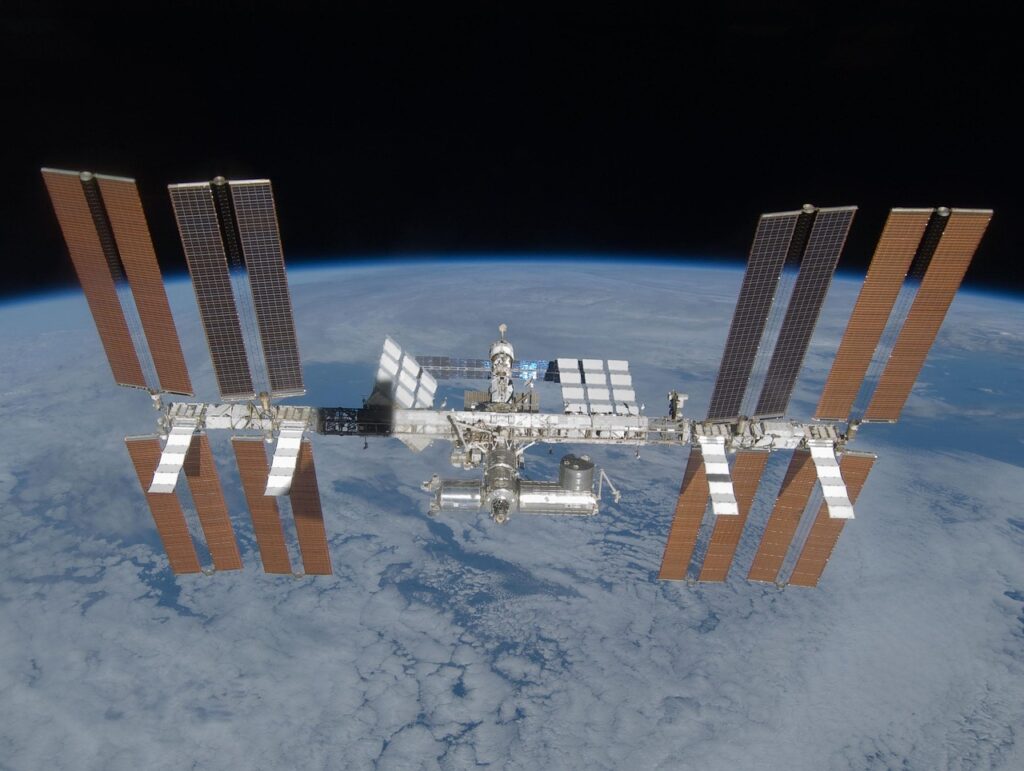
Conclusion
We discuss each letter in the NASA acronym, highlighting its meaning and how it aligns with NASA’s mission and goals.
Summary of Key Points: Throughout this blog post, we explore the full form of NASA, its historical context, and its importance in shaping the world’s premier space agency.
The blog post highlights NASA’s notable achievements and milestones, showcasing its contributions to space exploration, scientific research and technological advancement.
We explore NASA’s ongoing initiatives, including the Artemis program, robotic missions, advanced technologies and international collaborations.
In addition, we discussed how the full form of NASA furthers the agency’s vision and aspirations, emphasizing the roles of “National,” “Aeronautics,” “Space,” and “Administration” in guiding NASA’s mission.

Reinforcing the Importance of NASA Full Form: The full form of NASA is of utmost importance as it symbolizes the mission, goals and identity of the agency as a world-renowned space exploration organization.
By understanding the full form of NASA, we learn about NASA’s dedication to national representation, advances in aeronautics and aircraft technology, exploration of space and celestial bodies, and efficient administrative management.
The full form of NASA has been instrumental in establishing NASA’s identity and reputation as a leader in space exploration, inspiring generations and technological innovation.
NASA continues to have an impact on how people across the world view the cosmos and our role in it through its ground-breaking accomplishments, ongoing endeavors, and commitment to advancing human understanding.
Lastly, the full form of NASA is not only an abbreviation but also a symbol of human curiosity, ingenuity and exploration.
For more research on this topic click here
It covers the agency’s mission, achievements and ongoing initiatives.NASA’s significant contributions to space exploration, scientific advancement, and technological advancement have cemented its place as the premier space organization in the world.
We can better appreciate NASA’s effect and its part in influencing our understanding of the cosmos when we are aware of the organization in its whole.


[…] you wanna read about NASA Full Form Explained; Unraveling the Acronym Behind the World’s Premier Space Agency then click on the blue […]